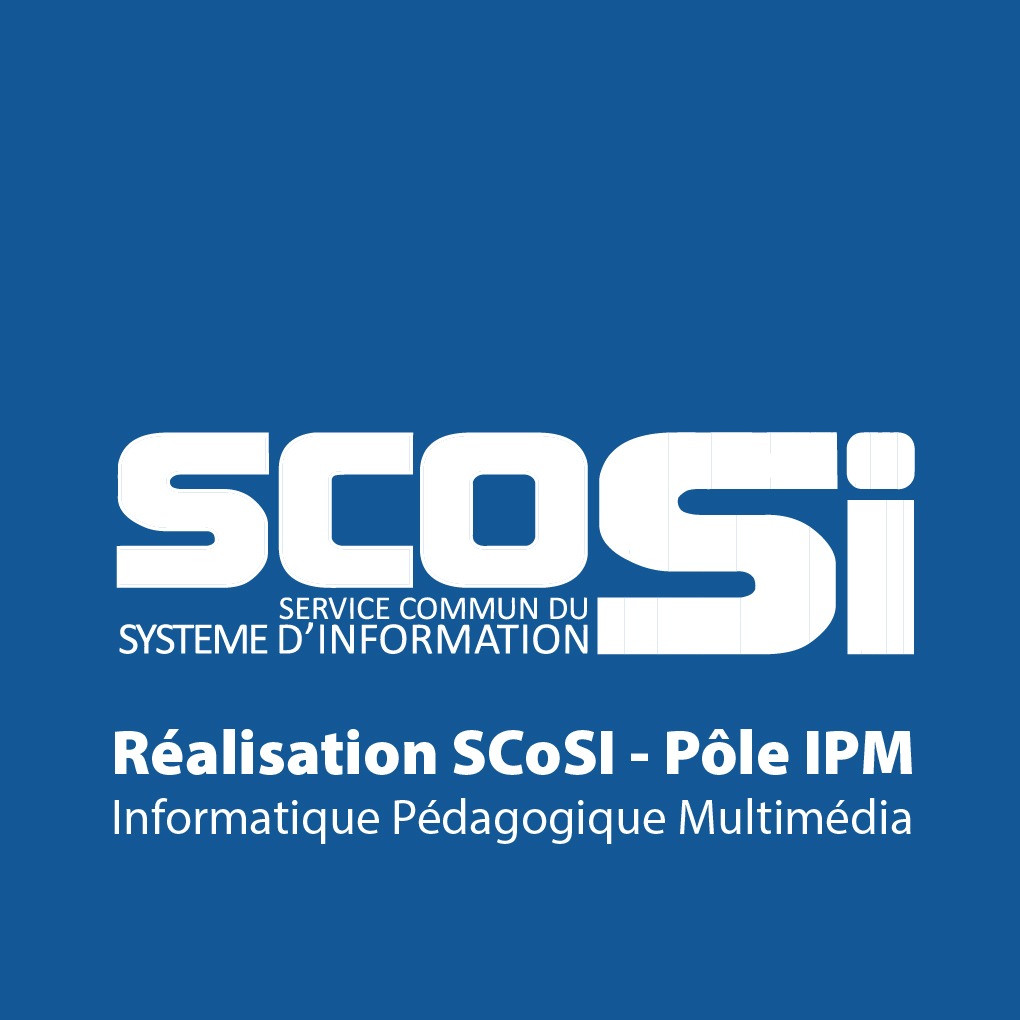Open source hardware and 3D printing: decentralized production of medical devices in the context of the Covid-19 pandemic
Covid-19 and lack of medical devices
The Covid-19 pandemic led to a saturation of hospital infrastructures. Countries or regions without sufficient medical devices are particularly exposed. In addition, a sudden infectious disease can lead to a high request of medical devices that can be usually available during conventional times. In the case of Covid-19, saturation must be avoided on these devices that include medical masks and ventilators.
Open source hardware and 3D printing: symbiotic dynamics for the medical devices’ production
In this way, open source hardware (OSH) and 3D printing (or additive manufacturing) can contribute to the production of medical devices. These two open innovation’s fields allow autonomous productions according to cross-cutting and symbiotic possibilities of action.
OSH is based on the opening of the complete information, usually universally available as digital files, required to build a material. The cost of the implemented device is the addition of the components’ purchase and the production’s cost. Furthermore, the components and tools’ availability may not be ensured locally. Thus, combining OSH with 3D printing, as an innovative mechanical construction technology building on chemical process, fusion and computer management, leads to a stand-alone factory “2.0” that favors production.
Symbiotic interests are emphasized in the next applications related to Covid-19.
3D printing of masks and protections
Among these medical devices, 3D printing’s initiatives to produce protective masks and visors were highlighted in the media coverage of Covid-19.
Decathlon’s diving masks turned into respiratory masks: 3D printing and OSH
A wide cover was also given to the conversion of Decathlon’s Easybreath diving masks into respiratory masks. The valve allowing the ventilator’s interconnection was created by the Italian start-up Isinnova via 3D printing technology and OSH.
Open ventilators and Covid-19
The most critical medical devices of the pandemic are ventilators. Despite their inherent complexity, ventilators were built on OSH and 3D printing.
Two categories of ventilators emerge from these initiatives: the OSH initially developed ones, and the ones already produced by the medical industry whose requirements were revealed because of the pandemic. Both categories can incorporate 3D printable components.
OSH ventilators created within the pandemic
AmboVent
Related to the first category, a pioneering project is the AmboVent ventilator from the Israeli University of Technion. The initial project, building on the work of over 40 scientists, led to generate around twenty prototypes for an approximate cost of $200,000. These prototypes were submitted to global experts to converge on a single model. All the data needed for the production were freely released. OSH development and 3D printable components, or current and inexpensive ones, allow a production for a $500 – $1,000 cost range. When proprietary models can cost $40,000.
OxyGEN
An OSH double ventilator’s project from Catalonia was developed and supported by the mechanical engineering design company Protofy.xyz, the medical expertise of the Barcelona hospitals Clínic and Germans Trias i Pujol, and the University of Barcelona. The OxyGEN-IP ventilator, for the machined production of metal, Seat supported the model’s industrialization. The OxyGEN-M ventilator, suitable for local productions by only requiring common tools and components.
Design’s opening of pre-existing ventilators from the medical industry
Medical firm Medtronic produces ventilators that include more than 1,500 components and require highly specialized engineers. Such devices do not suit an external production required by the pandemic emergency. Thus, Medtronic chose to release the specifications of its Covidien PB 560 model. An experimented ventilator largely used in hospitals since 2010. And, because of fewer components, and 3D printable parts, easier to implement outside the firm.
The OSH and additive manufacturing’s combination allows to produce medical devices that include masks, valves, up to the most critical elements, ventilators.
Because of the endogenous self-manufacturing process, means of production can be established locally. Thus, the usual, and potentially flawed in pandemic conditions, medical supply chain is bypassed.
In addition, OSH associated with 3D printing optimizes free access and circulation of the digital informational files that contain the complete specifications and data enabling production, cooperation, flexibility of deployment, and feedback, leading to continuous devices’ improvements.
Moreover, the generated knowledge is universally available. From digital files coding the all technology and construction processes, to functional medical devices, i.e. from digital informational commons, to operative commons. Thus, these processes establish a vehicle for universal commons, in the perspective of Elinor Ostrom. Moreover, related to the field with the highest social issue: health care.
Laurent Adatto
Economics and Management of Technology and Innovation, CNAM



